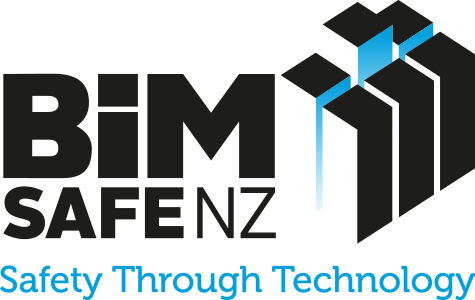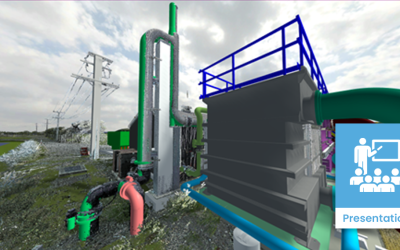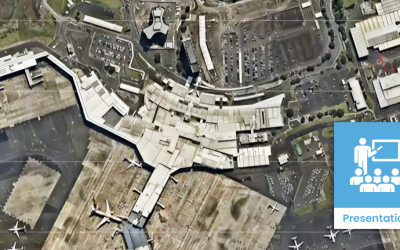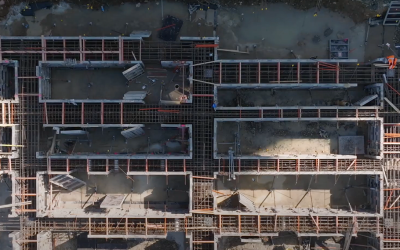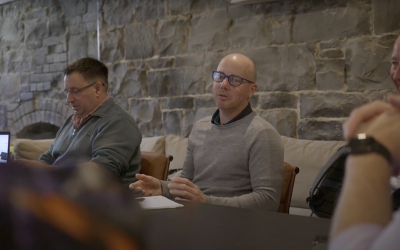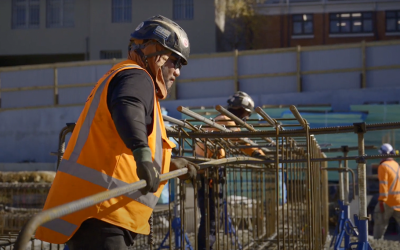Welcome to the
BIMSafe NZ Web Portal
This portal provides guidance articles and case studies for the integration of health and safety into BIM models for the construction industry in New Zealand.
This resource is continuously evolving, and we encourage you to contribute your expertise and experience. Your insights can help shape and expand this valuable knowledge base for the benefit of the entire New Zealand construction community.
Select your role
Find out how BIMSafe can work for you.
BIMSafe can be used by all stakeholders in the construction process, whether in procurement, design, construction, or facilities management. By selecting your specific role, you can view resources targeted to different health and safety tasks and BIM applications.
Guidance articles
Case studies
Watercare: Digital engineering to support health and safety on infrastructure projects
Watercare, a water utility company in New Zealand, has implemented a digital engineering program to improve health and safety, reduce carbon footprint, and decrease cost and time on their infrastructure projects. Using BIM and data-driven approaches, Watercare aims to enhance awareness, collaboration, and consistency across their supply chain and project lifecycle.
Auckland Airport: Seeing the unseen
At Auckland Airport, the digital engineering team has utilised BIM and gaming software to improve underground utility mapping, visualisation, and construction site safety planning. By combining existing data with 3D scans, creating interactive models, and simulating various scenarios, the team has been able to reduce risks associated with underground services, enhance project team collaboration, and optimise site safety management.
ACC Ōtepoti: Designer & contractor model interaction for safety planning
On the ACC Ōtepoti project, the use of BIM has enabled effective collaboration between the structural steel subcontractor, John Jones Steel, and the permanent works engineer to address health and safety and buildability concerns. By sharing model files of their bolting tools, John Jones Steel has allowed the engineer to test and validate the design of frame braces to ensure safe and efficient construction.
ACC Ōtepoti: Contractors using BIM for health and safety
On the ACC Ōtepoti project, BIM models help the site team to identify and mitigate potential hazards and pinch points early. By allowing contractors and subcontractors to improve the accuracy of site set-out and communicate work plans and safety constraints effectively with the project team, BIM is helping to increase awareness and reduce rework on site. The ability to use mobile devices for digital access to project information also improves supervision and reduces the need for supervisors to leave the work area to get information. Combined, these benefits are leading to improved hazard management and safety performance.
ACC Ōtepoti: Collaborative use of BIM in reinforcing
On the ACC Ōtepoti project, multiple consultants and contractors have collaborated using Building Information Modelling (BIM) to improve the design, coordination, and construction of reinforcing steel. By using BIM to model the reinforcing in 3D, the project team was able to anticipate connections between different elements, detect clashes, and prefabricate reinforcing cages in a controlled environment. This has led to improved efficiency, quality, and safety on the project.
ACC Ōtepoti: Collaborative use of BIM in safety planning for foundation reinforcing
On the ACC Ōtepoti project, consultants and contractors have collaborated using BIM to improve safety planning, particularly for the complex reinforced concrete foundation beams. By using 3D models to visualise the dense reinforcement, coordinate the penetrations, and assess the prefabrication opportunities, the project team has been able to reduce manual handling risks, improve the quality of the work, and streamline the construction process.
BIMSafe NZ is a three-year, $1.7m collaboration between the building industry and government
Our aim is to reduce accident and injury rates in New Zealand through greater understanding, communication and mitigation of risk.
